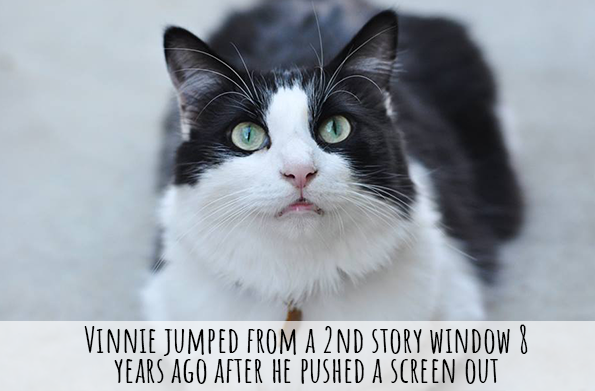
Lost Cats
Strictly indoor cats go into a “fight or flight” mode when they are in an unfamiliar and dangerous area. It is unlikely that they will feel comfortable enough to come out of a hiding area when they are being called. Some cats don’t even recognize their human’s face. Cats who are used to being outside will wander further, so it is important to expand your search as far as possible. If you are not able to physically search within 1/2 – 5 miles, paid social media advertising will help reach more people.
YOU MUST ACT FAST. Outdoor cats can easily become trapped or injured, so waiting too long can cost them their life.
Not sure where to start?
Check out our shopping guide: MASTER LIST: Trapping Lost Cats
Gather food with a strong smell that might entice them, a treat bag, and anything that would normally get their attention.
It is important to search during times when cats are typically active. This is usually after dusk and around sunrise. Using a bright flashlight during aggressive searches makes it easy to spot a cat’s glowing eyes.
Always get permission to search on someone’s private property.
Some cats who are nearby might come out if they hear their humans quietly talking. If you have a certain tone of voice that you use when you are talking to your cat, use it!
Indoor cats will typically hang out nearby unless they are spooked or chased. Look in trees, under porches, in bushes, under cars, and ask neighbors to be aware of your missing cat if they open their storage
Use the daytime to pass flyers around and hang up posters in local businesses like pet stores, vet clinics, grocery stores, and shelters. If there are yard sales in your neighborhood, ask the homeowners to distribute small flyers with your cat’s photo and contact information.
IMPORTANT INSTRUCTIONS TO ADD TO POSTERS:
– DO NOT CHASE/CALL
– DO NOT ATTEMPT TO CATCH. CALL CONTACT # IMMEDIATELY IF THERE IS A SIGHTING
Establish a Feeding Station
Establishing a feeding station is very important since it will help you scared cat stay in a certain area because of the resources you will give them: shelter, food and water.
Setting up an area to capture your cat in a live trap is very similar to the TNR (trap-neuter-return) process. Learn how to set up a trap here. Many local city shelters have live traps that are available to rent.
Include “smelly” clothing that has your scent in addition to food. Learn how to deter insects that will cover the food and make it ineffective here.
If you have reported sightings of your cat, try to control the environment. Ask people to stay away and sit down away from the live trap and wait quietly. Use common sense since simple mistakes could end your cat’s chance of being recovered.
Putting a litter box outside can easily attract territorial community cats who will attack and/or chase your cat away. Loose dogs/any animal with a prey drive are also attracted to cat smells (cats bury their waste for a reason and they are aware of what THEY

